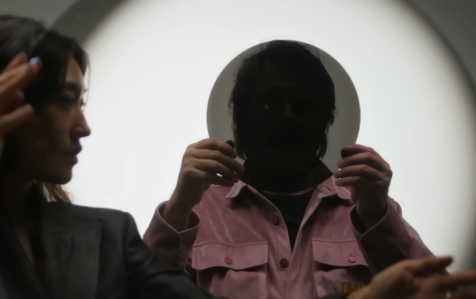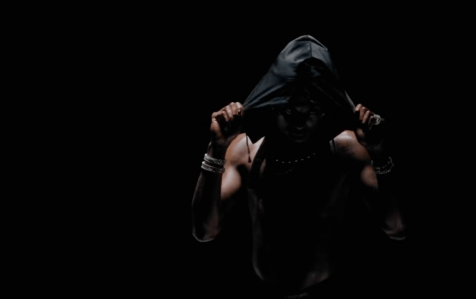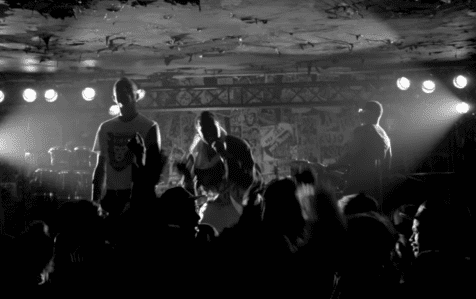JTM directs ‘Memento’ for Katuchat.
Taking place in a limousine, Katuchat is led through a mysterious ceremony by a driver with a face cracked with light.
Words from JTM below.
You describe JTM as a studio of directors, writers, and 3D artists. Could you tell us a bit about your creative and collaborative process?
We are a trio and met during our studies. Since then, we haven’t stopped collaborating and our work combines a variety of techniques such as 3D, photography, 2D animation, and live-action video. Due to our versatility, we operate in multiple fields of creation, from fashion to cinema.
Our proximity is also reflected in the themes we wish to explore and in the idea of approaching the latest technology in a narrative and cinematographic way. We make a point of working together at each step of the process: from the writing to the direction and post-production. We like that the multiple aspects of our work are feeding into each other which makes us grow as directors.
In early development, what kind of language were you using to describe the intention of this video?
As the album was around the idea of “still life”, we thought that it would be interesting to base the film on the paradox of a “moving still life”, applying a fixed, stationary theme to a moving medium. We decided to give the piece an amorphous and cold vibe, using only still shots and playing with clues inspired by the artist’s life.

‘Memento’ Katuchat
Can we talk about Leos Carax and ‘Holy Motors’? David Cronenberg also came to mind.
‘Holy Motors’ and ‘Cosmopolis’ were definitely the main inspirations for this project, not only for the limousine but also for their ability to drive us into a nebulous narration that makes us feel like we are watching a dream. ‘Enemy’ directed by Denis Villeneuve was also a central reference. These are movies full of allegories and symbols and you could say that there is a deeper narration hidden inside each one.

Any advice to filmmakers looking to build their own worlds?
We believe that it is important to refer to life experiences in any writing, even for abstract, supernatural or sci-fi stories. For ‘Memento’, we had beautiful and meaningful insights about the eventful life of Katuchat, who is also a childhood friend of Theo. Indeed, his tenuous relationship with his family, his sacrificed dream of becoming a firefighter because of his illness, which he addresses in his various projects, were all points of interest and inspiration in our writing.
One of the most important things for us is to get inspiration from other types of art than the one we are exploring. We often get inspiration from film, but when we are working in film we can get inspiration from internet culture, from contemporary art, or even videogames.
“We believe that it is important to refer to life experiences in any writing, even for abstract, supernatural or sci-fi stories.”
What are you reading at the moment?
Theo is reading ‘The Mushroom at the End of the World: On the Possibility of Life in Capitalist Ruins’ by Anna Tsing, looking for inspiration for a post-apocalyptic film we are writing, mainly focused on “aftermath” and the strange but peaceful communities that can emerge from this context.
Martin is reading “How Forests Think: Towards an Anthropology Beyond the Human” by Eduardo Kohn, following multiple lectures inspired by the work of Philippe Descola.
Thomas is reading “Animal Farm” by George Orwell, out of curiosity mostly.
- JTM
- Director
- Solab
- Production Company







